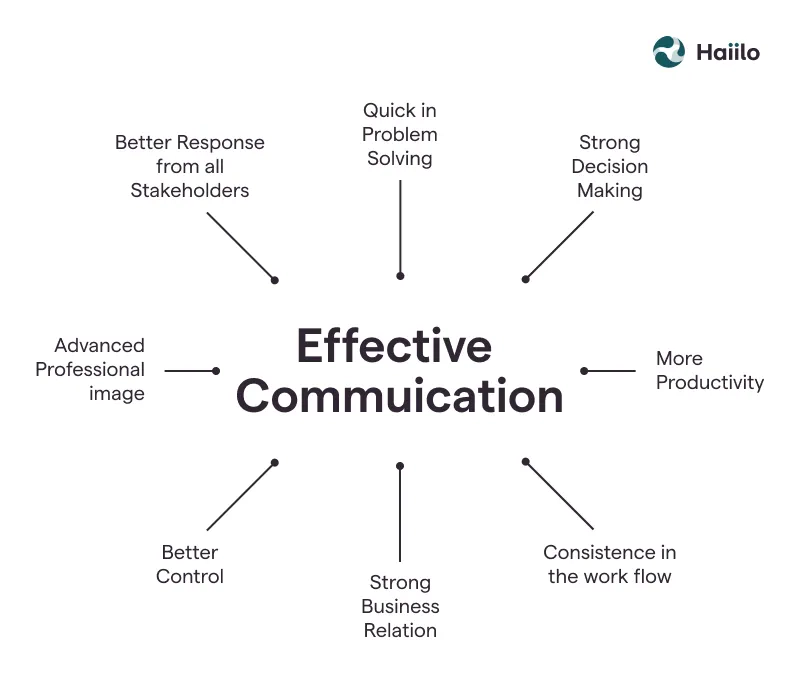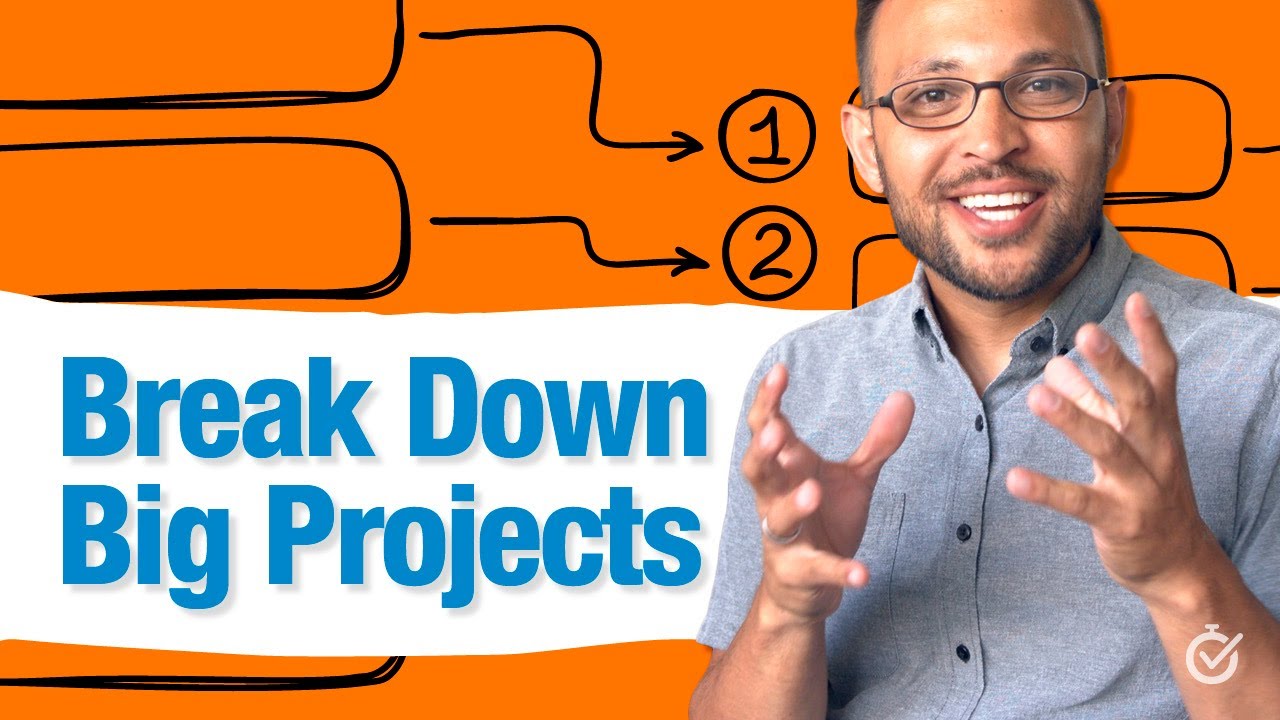Prioritization and Task Management: Enhancing Productivity
Effective prioritization and task management are crucial skills that can significantly enhance productivity and ensure the successful completion of projects. By efficiently organizing and allocating resources, individuals and teams can maximize their output and achieve desired results. In this article, we will explore some strategies for prioritization and task management that can be applied in various professional and personal contexts.
The Eisenhower Matrix: A Powerful Prioritization Tool
The Eisenhower Matrix, also known as the Urgent-Important Matrix, is a popular method for prioritizing tasks based on their urgency and importance. It categorizes tasks into four quadrants:
- Urgent and Important: These tasks require immediate attention and should be dealt with promptly.
- Important but Not Urgent: These tasks are significant but can be scheduled for later to ensure they receive adequate attention.
- Urgent but Not Important: These tasks are time-sensitive but do not contribute significantly to long-term goals. Delegating or eliminating such tasks can free up valuable time.
- Not Urgent and Not Important: These tasks are low-priority and can be eliminated or postponed.
Effective Task Management Techniques
In addition to prioritization, effective task management involves the use of various techniques to enhance efficiency and productivity. Here are a few techniques worth considering:
1. Time Blocking
Time blocking is the practice of allocating specific time blocks for different tasks or activities. It helps in maintaining focus and avoiding distractions, ensuring that each task receives the necessary attention and is completed within the allocated time frame.
2. Pomodoro Technique
The Pomodoro Technique involves breaking work into intervals, usually 25 minutes long, separated by short breaks. This technique helps improve concentration and prevents burnout by allowing periodic moments of rest and rejuvenation.
3. Kanban Boards
Kanban boards are visual management tools used to track the progress of tasks. By dividing tasks into different stages, such as “To Do,” “In Progress,” and “Completed,” individuals and teams can easily visualize their workflow, identify bottlenecks, and ensure tasks are completed in a timely manner.
Conclusion
Prioritization and task management are essential skills for individuals and teams striving to enhance productivity. By utilizing techniques like the Eisenhower Matrix, time blocking, the Pomodoro Technique, and Kanban boards, individuals can effectively allocate their resources and manage tasks efficiently. Embracing these strategies can lead to improved productivity, reduced stress, and the successful completion of projects.



